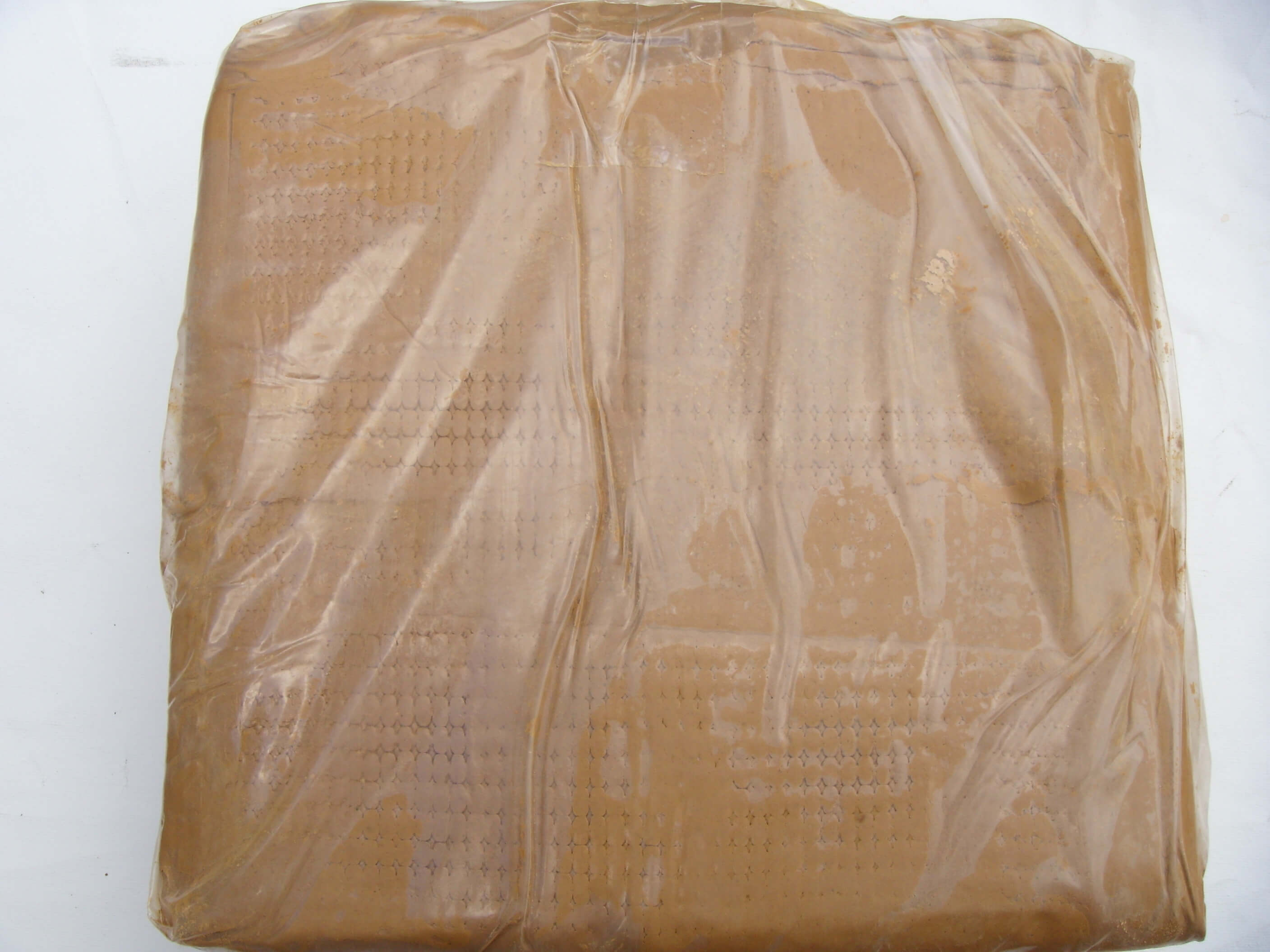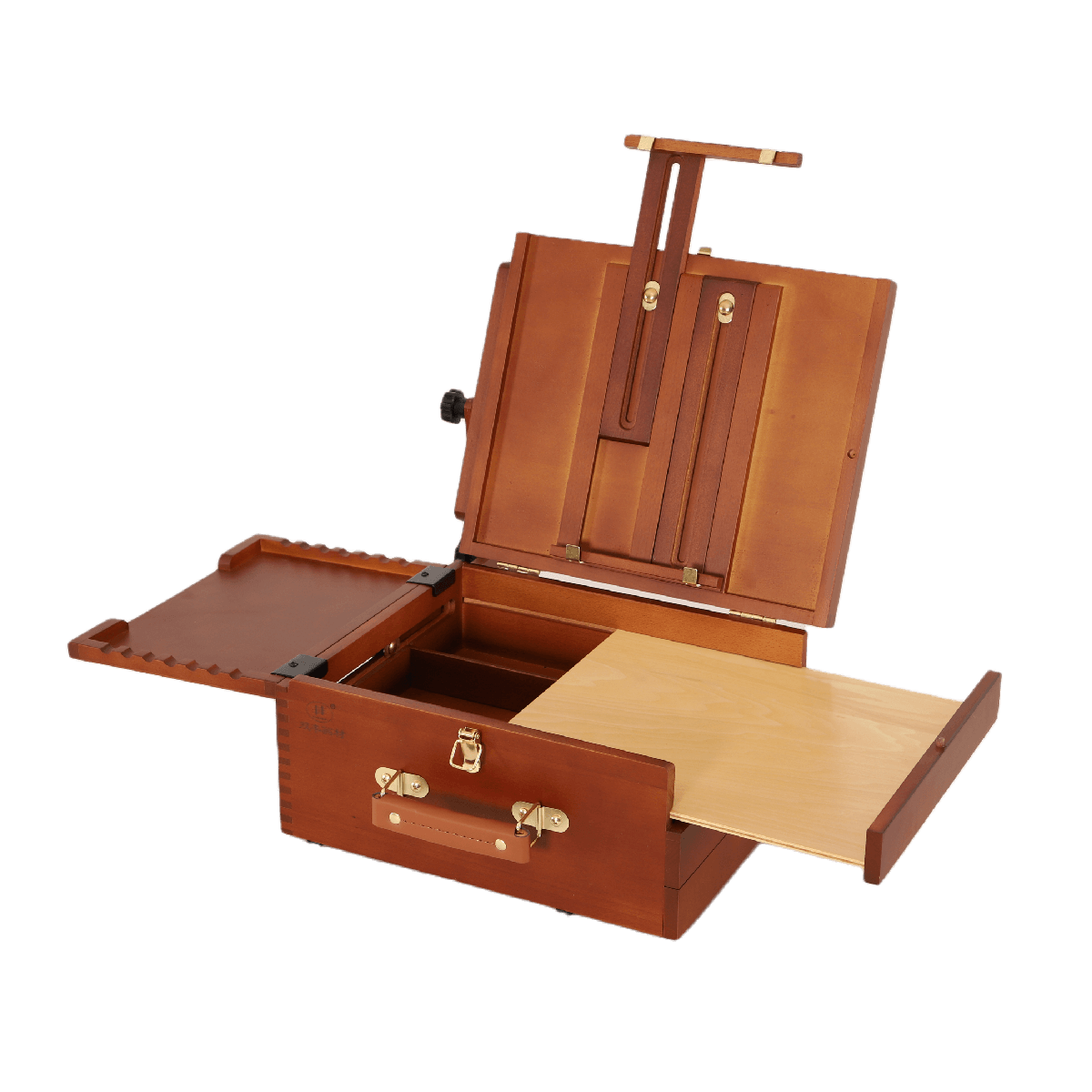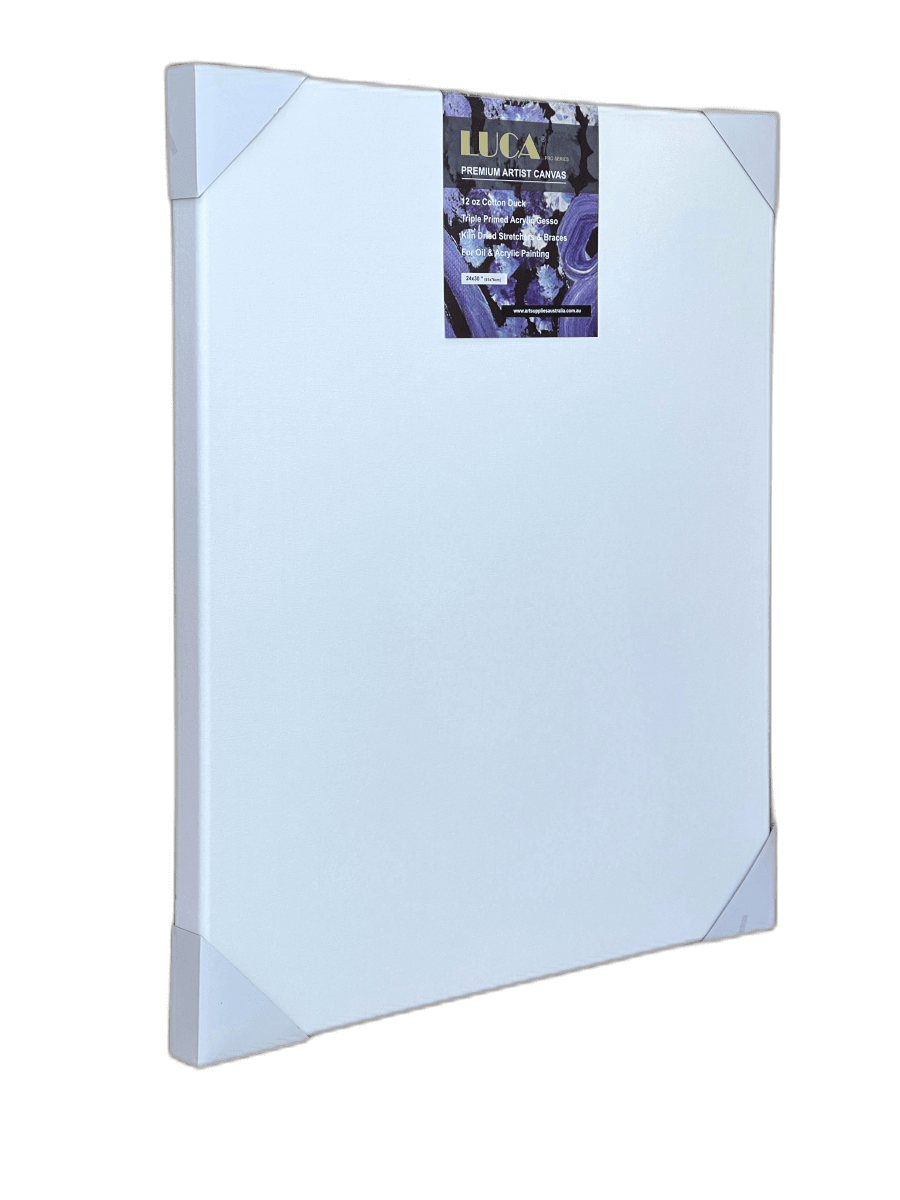Acrylics are versatile and easy to use; they're the perfect choice for kids or beginners looking to make their first painting. They are also great for crafting with your favourite colours - making custom t-shirts, embellishing furniture, decorating your home, etc.
Recently, there has been a lot of excitement around the art world about acrylic paint. Acrylic paints were invented by chemist Otto Röhm in 1941 as an alternative to oil paints because they are more durable and less expensive than oils that have traditionally been considered superior.

What It's Made Of?
Acrylic paint is made of pigment suspended in an acrylic polymer emulsion which is water-resistant when dry. The unique properties of this material make it very versatile and durable, lending itself to a variety of painting techniques beyond the more traditional methods using oils or watercolour paints.
Different types of acrylic paint have different consistencies, with artists noting that high-quality colours are thicker and more opaque than lower-priced brands.
How It's Used?
Acrylics can be applied in various ways, including with a brush, palette knife or spray gun. The paint can be thinned with water or an acrylic medium to create different effects and is also available in a range of different finishes depending on what look you're going for. Acrylic paints will dry quickly, which is beneficial because adding another layer of colour doesn't smear the first.
Whether you're a beginner or a professional artist, having a variety of painting surfaces, such as art canvas, stretched canvas, and canvas boards, to choose from can help you achieve the perfect finish with your favourite acrylic paint.
Acrylic paints are not toxic and do not require any special precautions when using them with children or animals, allowing flexibility for their use in schools and daycares.
A good rule of thumb is "less is more" when applying acrylic paint. It's easy to go overboard on the amount of colour you use because it dries quickly, and you won't need to wait before applying the next coat.
Choosing the Right Acrylic Paint

Here are some helpful guidelines for choosing acrylic paints:
You can use water-based, oil-based or alkyd paints as an acrylic medium to change your paint's consistency and working properties.
- High-quality acrylics are better than low-quality ones because they will produce a more consistent result with less waste and fewer accidents. They also allow for much more delicate details and smoother brush strokes.
- Acrylic paint is available in various finishes, including matte, glossy and metallic.
- The pigment content will affect the colour of the paint - higher quality paints will have more pigment and be less likely to fade over time.
- Acrylics can be used on various surfaces, including canvas, paper, wood, metal and fabric.
- Acrylic paints are not ideal for outdoor use because they can be washed away by rain or other environmental conditions.
Choosing the right acrylic pain as one of your art supplies will come naturally to experienced artists. Still, if you're a beginner just starting, it will take practice and experimentation before you discover which brands and types of paintwork are best for your unique style.
Take the Next Step
If you're interested in learning more about acrylic paints, visit your local art supply store to see what they have to offer. There are plenty of brands and styles available, all at different price points.
When using acrylic paint on projects like t-shirts or furnishings, test out the colour combinations before you start applying the colour, and make sure to use an acrylic sealer to prevent fading.







